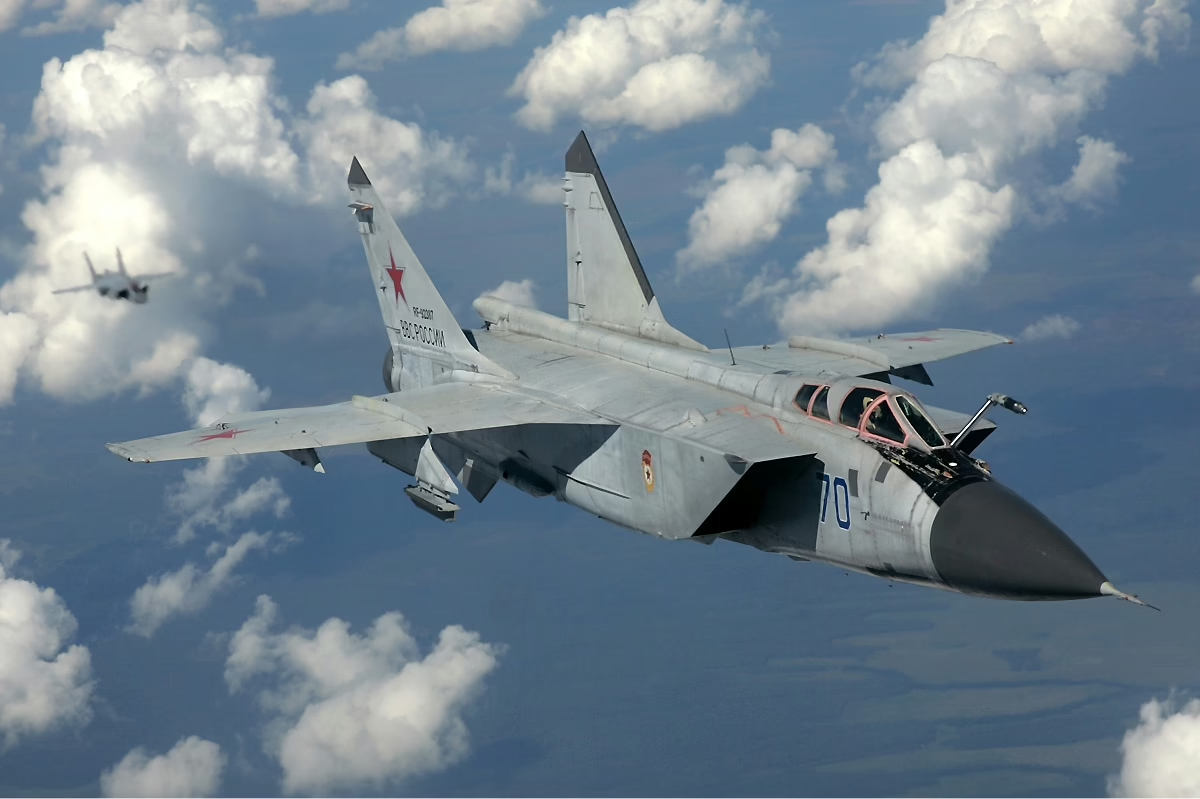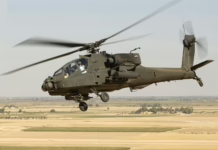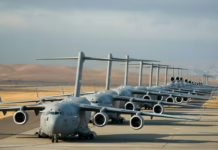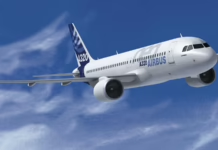Moscow’s expansion of nuclear capabilities includes novel air-to-air weapons systems, marking a significant shift in aerial combat doctrine according to U.S. intelligence assessment.
Russia has deployed air-to-air missiles equipped with nuclear warheads, according to a new report from the U.S. Defense Intelligence Agency that highlights Moscow’s expanding nuclear arsenal.
The DIA’s 2025 World Threat Assessment reveals that “Russia is expanding its nuclear forces by adding new capabilities, including nuclear air-to air missiles and novel nuclear systems.”
While the report does not identify a specific weapon system, such capabilities would most likely be deployed on beyond-visual-range air-to-air missiles like the Vympel R-37 or similar long-range weapons. The R-37 serves as the primary armament for Russia’s RAC MiG-31 interceptor aircraft.
Historical Context for Nuclear Air Combat
Nuclear-tipped air-to-air missiles represent a return to Cold War-era thinking. During the 1950s and 1960s, both the United States and Soviet Union viewed such weapons as an efficient method to destroy formations of enemy bombers. The U.S. Air Force previously deployed nuclear air-to-air missiles including the AIR-2 and AIM-26.
However, advances in beyond-visual-range missile guidance systems appeared to eliminate the need for such powerful weapons, leading both superpowers to phase out nuclear air-to-air capabilities.
The DIA report provides no analysis regarding Russia’s rationale for reintroducing nuclear-tipped air-to-air missiles into its arsenal.
Russian Air Force Faces Significant Losses
The intelligence assessment also details substantial Russian aviation losses during the ongoing conflict in Ukraine. Russia has lost “nearly 250” aircraft and helicopters in the war, with its aerospace forces described as overtaxed.
“Over usage of aircraft and pilots in combat operations, as well as poor force implementation, probably will strain Russia’s Aerospace Forces’ operations in 2025 but not disrupt the pace of Aerospace Forces employment in the conflict,” the DIA states.
The report notes that Russian forces have “demonstrated varying degrees of proficiency and capability in Ukraine, leading to both substantial losses of equipment and veteran personnel, as well as the development of new tactics for weapons employments, such as glide bombs.”
China Advances Carrier Aviation Capabilities
The threat assessment offers limited new information about Chinese airpower developments, highlighting the emergence of the aircraft carrier-capable AVIC J-35A fighter in 2024.
“[People’s Liberation Army] Air Force and PLA naval aviation forces continue to evolve into more technologically advanced, effective, and capable forces proficient at conducting joint operations,” the report states.
“This past year, China unveiled the J-35A, a fifth-generation fighter that can operate from PLAN aircraft carriers.”
Iran Leverages Ukraine Support for Advanced Aircraft
The DIA assessment indicates that Tehran has gained significant leverage over Moscow through its support of Russia’s war effort in Ukraine, particularly through drone and missile supplies.
“Iran will attempt to use its sale of UAVs and missiles to Russia as leverage to acquire advanced military technology, such as the [Sukhoi] Su-35 multirole fighter,” according to the intelligence agency.
The comprehensive threat assessment examines dangers posed by Russia, China, Iran, North Korea, and various terrorist organizations.

Key Takeaways
- Russia has deployed nuclear-tipped air-to-air missiles for the first time since the Cold War era, according to U.S. intelligence.
- Russian aerospace forces have suffered nearly 250 aircraft and helicopter losses in Ukraine while remaining operationally strained.
- China’s new J-35A represents a significant advancement in carrier-based fifth-generation fighter capabilities.
- Iran is leveraging its military support for Russia to potentially acquire advanced Su-35 fighter aircraft.







